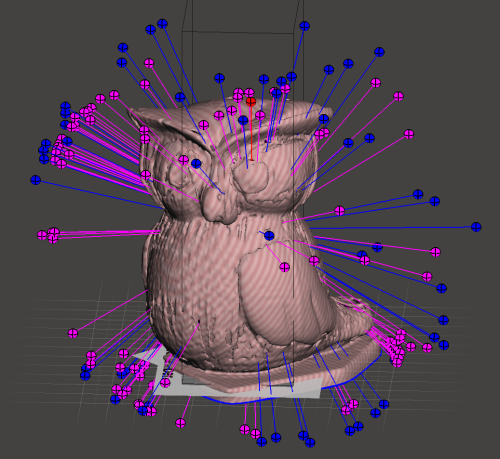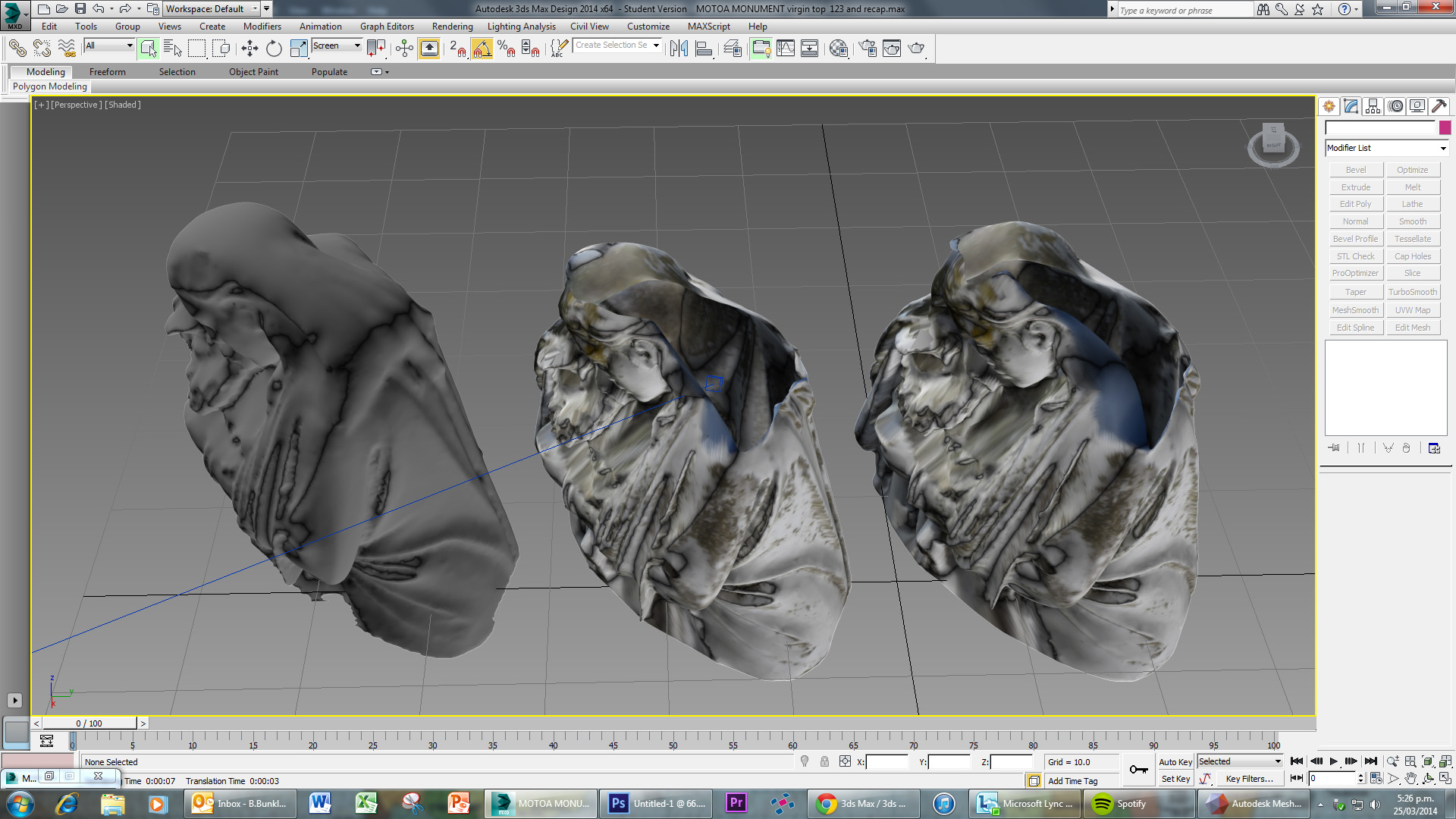

There are (at least) two ways to try and repair models in Meshmixer. In your typical workflow, it will fit as a step between creating/downloading model and slicing. Developed by Autodesk, it includes features like plane cuts, hollowing, adding custom supports and much more. It’s available for both Windows and Mac (no Linux support though).

#REPAIR STL MESHLAB SOFTWARE#
It’s free, easy to use, and powerful software for editing and repairing 3D models. We’ve been using Meshmixer in our previous tutorials and we’ll continue to do so. Just drag and drop your file inside the Meshmixer window, select File -> Export (CTRL+E) and pick STL as the file format (STL binary or STL ASCII). Well, whether you like it or not, Microsoft’s repair service can sometimes fix a model that other programs struggle with. And at that point, it’s questionable what’s the point of using Microsoft repair service in the first place. But the programs used for that conversion can repair models as well. The definition in Terms of use is pretty vague, and it’s up to you to consider whether this matters or not.
#REPAIR STL MESHLAB LICENSE#
And in this case, the author decided to license the model under Creative Commons Attribution-NonCommercial- NoDerivs, so anybody who repairs the model is not allowed to re-upload the fixed version.
#REPAIR STL MESHLAB HOW TO#
You may also encounter these problems when you try to edit the models ( check our tutorial on how to stylize 3D models).Īs an example, we’ll be using the Waving Groot model by Byambaa. Sometimes just give up and produce a mess of seemingly random infills and perimeters. Sometimes the slicer will skip a few layers of your model. You might notice random top/bottom layers in the middle of the model, where it clearly should be just infill. Nevertheless, sooner or later you’ll encounter a model with problems. Modern slicers are pretty good at repairing the models without you even noticing. You’d be surprised how many 3D models you can find on the internet are broken in some way.


 0 kommentar(er)
0 kommentar(er)
